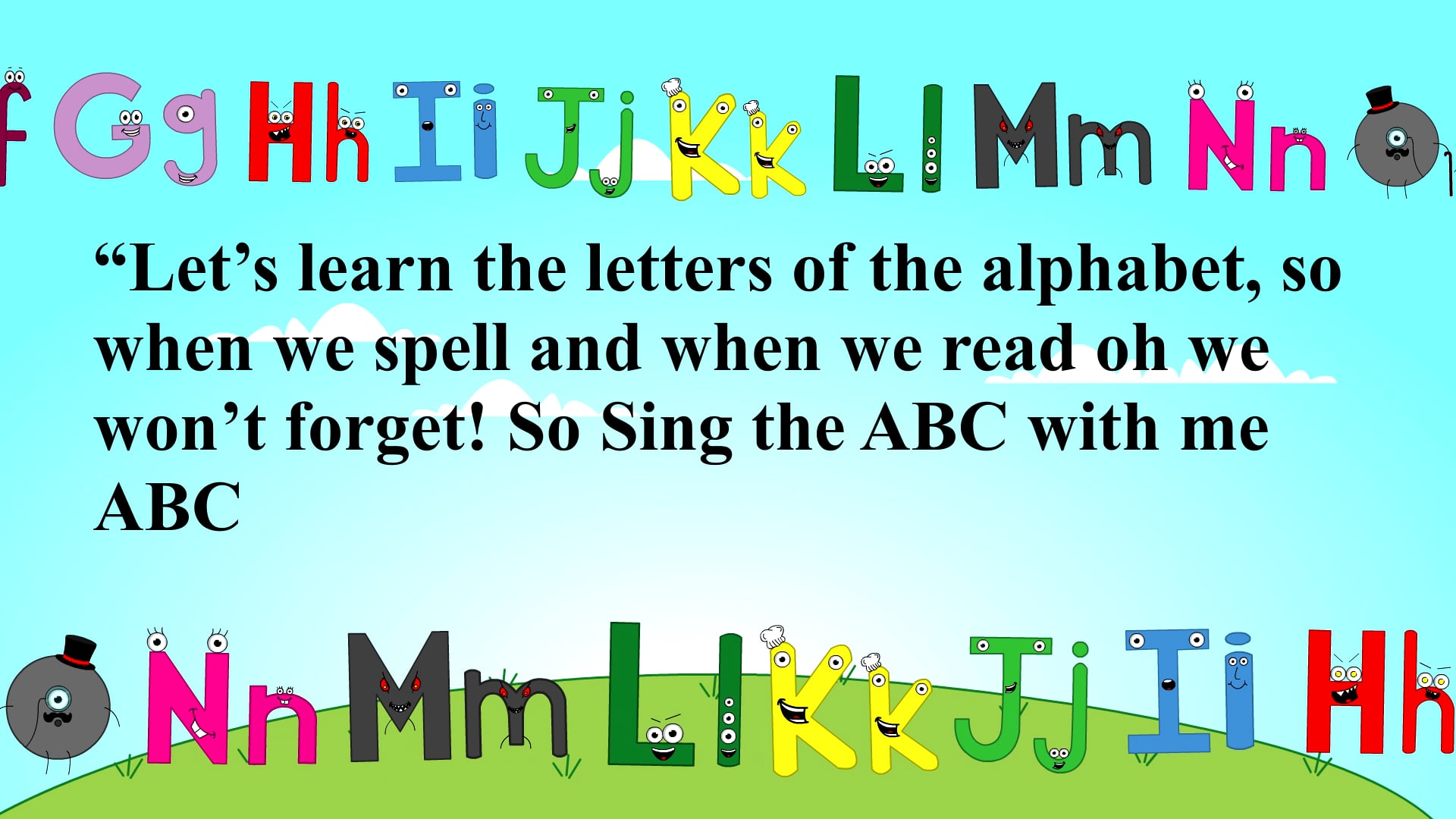

In other words, while a child who struggles to control her emotions might not be consciously calculating her tantrums, she might resort to them because she hasn’t learned a better way to solve problems or communicate her needs. However, clinicians who specialize in children’s behavior agree that tantrums are generally not a voluntary behavior on a child’s part - but they may be what is known as a “learned behavior.” That means that kids learn that having a tantrum gets them the result that they want. Sometimes parents feel that tantrums and other instances of problem behavior are intentional or manipulative.
#Parent watching child grow up song how to#
Whether your child is in the early stages of learning about self-regulation and boundaries, or if your family has been struggling and you are looking for help, this guide is designed to explain more about how kids learn to manage their behavior, what parents can do to aid in the process and how to get more support if you need it. They are a sign that a child is becoming more independent - indications that a child is testing boundaries, developing skills and opinions, and exploring the world around them.īut when a child is acting out a lot, it can strain the parent-child relationship, creating regular frustration and resentment that isn’t healthy in the family. Tantrums and other kinds of acting out are often a normal and even healthy part of childhood. You also might notice that your child acts out particularly when she is at home but not when she is at school, or vice versa. You may notice patterns of behavior that seem to crop up at certain times of the day (like bedtime) during certain tasks (like during homework) or with certain people. They may be defiant, or ignore instructions or try to talk their way out of things that aren’t optional. Other children may seem to struggle more with boundaries and following rules.

When children have frequent emotional outbursts, it can be a sign that they haven’t yet developed the skills they need to cope with feelings like frustration, anxiety and anger.


 0 kommentar(er)
0 kommentar(er)
